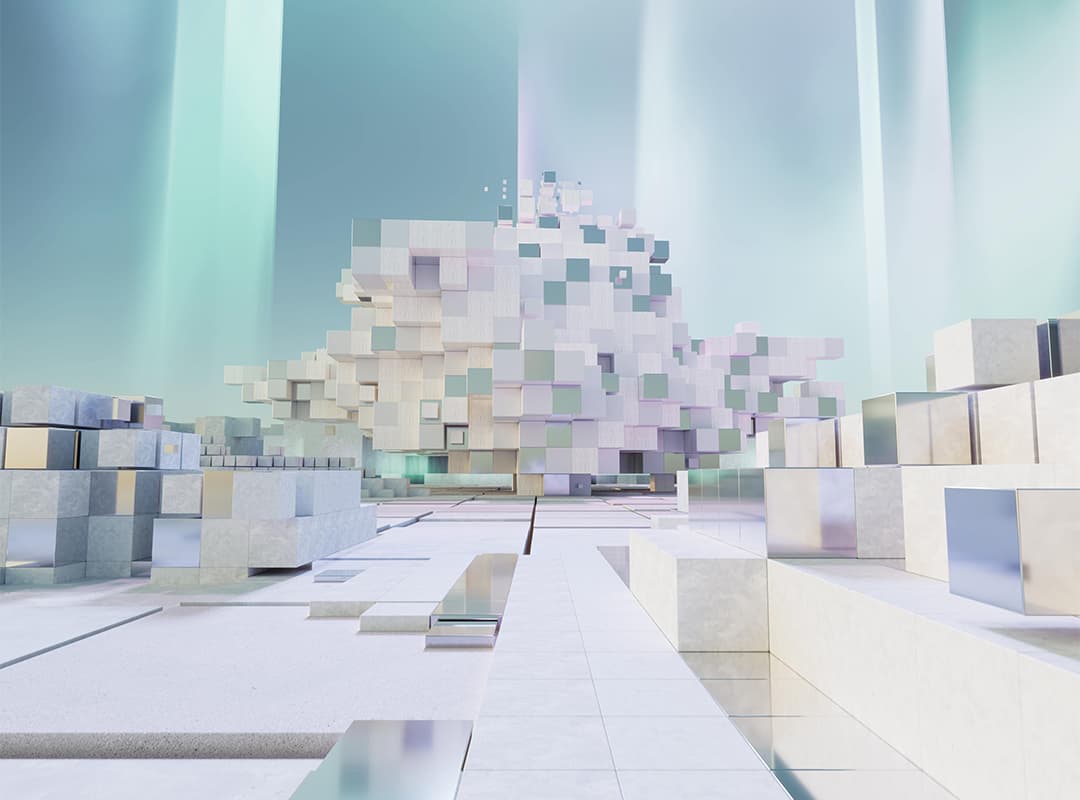To a greater extent than most of us even realize, the convenience of our daily lives is supported by a technology that has been in development for decades: artificial intelligence (AI). Now, it’s suddenly on everyone’s lips, including the darker sides of its present and potential future, especially after Google engineer Blake Lemoine claimed that a chatbot he was working on had become intelligent – Bing’s chatbot told New York Times reporter Kevin shortly before Sydney. Roose stated that he wanted to become a human being and advised him to leave his wife for the sake of the chatbot itself.
Despite the potential sensuality, there are many questions about AI. Does this technology threaten artists? Can AI really create art? What are the copyright and intellectual property implications of artificial intelligence programs creating images that are partially based on existing works by artists? These questions have yet to be worked out on computer servers, in artists’ studios, and in courts.
But already works of art created with the help of artificial intelligence have reached the highest level of recognition. For example, the Museum of Modern Art in New York is currently exhibiting Refik Anadolu’s Unattended project, which allows artificial intelligence to “hallucinate” and “dream” new visions based on the input of all existing works in the museum’s collection.
Memo Akten
If artificial intelligence may seem like an area where an artist needs a PhD to truly understand the ways of working with the medium, Memo Akten is just such an artist. His 2021 dissertation at Goldsmiths, University of London, titled “Deep Visualization Tools: Continuous, Meaningful Human Control of Deep Neural Networks for Real-Time Creative Expression,” explored deep learning models as an artistic medium.
For example, his piece Distributed Consciousness (2021) explores the cognitive functions of an octopus whose neurons are not centralized like humans, but rather distributed throughout their bodies, as a model for exploring what he now calls “synthetic alien intelligence.” The project exists as two NFT collections.
Sugwen Cheung
Chinese-Canadian artist, researcher, and coder Sugwen Cheung is no stranger to the meeting of art and technology: her father was an opera singer; her mother is a programmer. She studied violin as a child and started coding websites in elementary school.
During a research fellowship at MIT, she discovered robotics. “I was interested in the physical embodiment and how it would develop my own drawing practice,” she told the Washington Post, “and at the time I hadn’t seen robots being used collaboratively. I wanted to try something that was less about robots executing existing code and more about collaborative work.”
Linda Dunya
Senegalese artist Linda Dunia combines generative adversarial networks-a deep learning model in which one computer creates an image and another evaluates it-with old-fashioned materials such as ink and pastels. While many developers (such as Midjourney and Stable Diffusion) have created image-making programs that use images gathered from the web to train their AI – and generally to create imaginative images – Dunya trained models in abstract painting based on her own work, as she describes it, “to explore the extent to which art from artificial intelligence can convey meaning and feel as spontaneous as analog art.”
Jake Elwes
“You are born naked,” says Ru Paul, “and the rest is drag. But what if drag is digital? New media video artist Jake Elwes explores the artificial intelligence implications of drag and masquerade in a show that can be seen until 2024 at the renowned Victoria and Albert Museum in London.
“The Zizi Show” is a “fake drag cabaret” that explores the ethical issues surrounding artificial intelligence in the hope of demystifying this technology that is a black box for most of us. While we may think of artificial intelligence as omnipotent, Elvis found that computers “have difficulty recognizing transgender, queer, and other marginalized individuals.” In his work, he hopes to “give power back” to such communities.
In the beginning, his interest in autonomous systems used by artists such as Nam June Paik and John Cage made him wonder if computers could ever be truly creative. But instead, to expose their limitations, he decided to delve into political issues, such as biases in the way computer systems learn.
